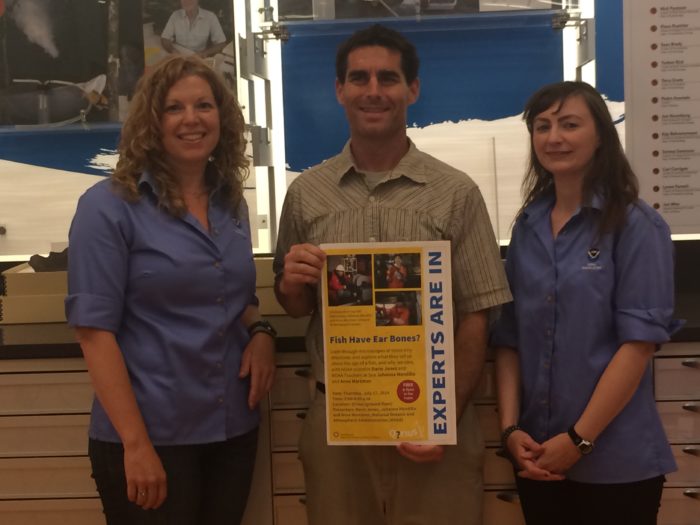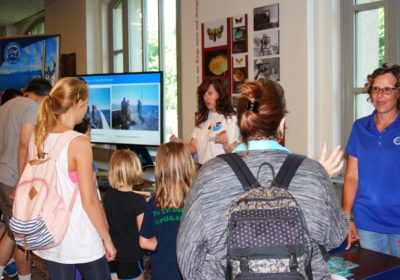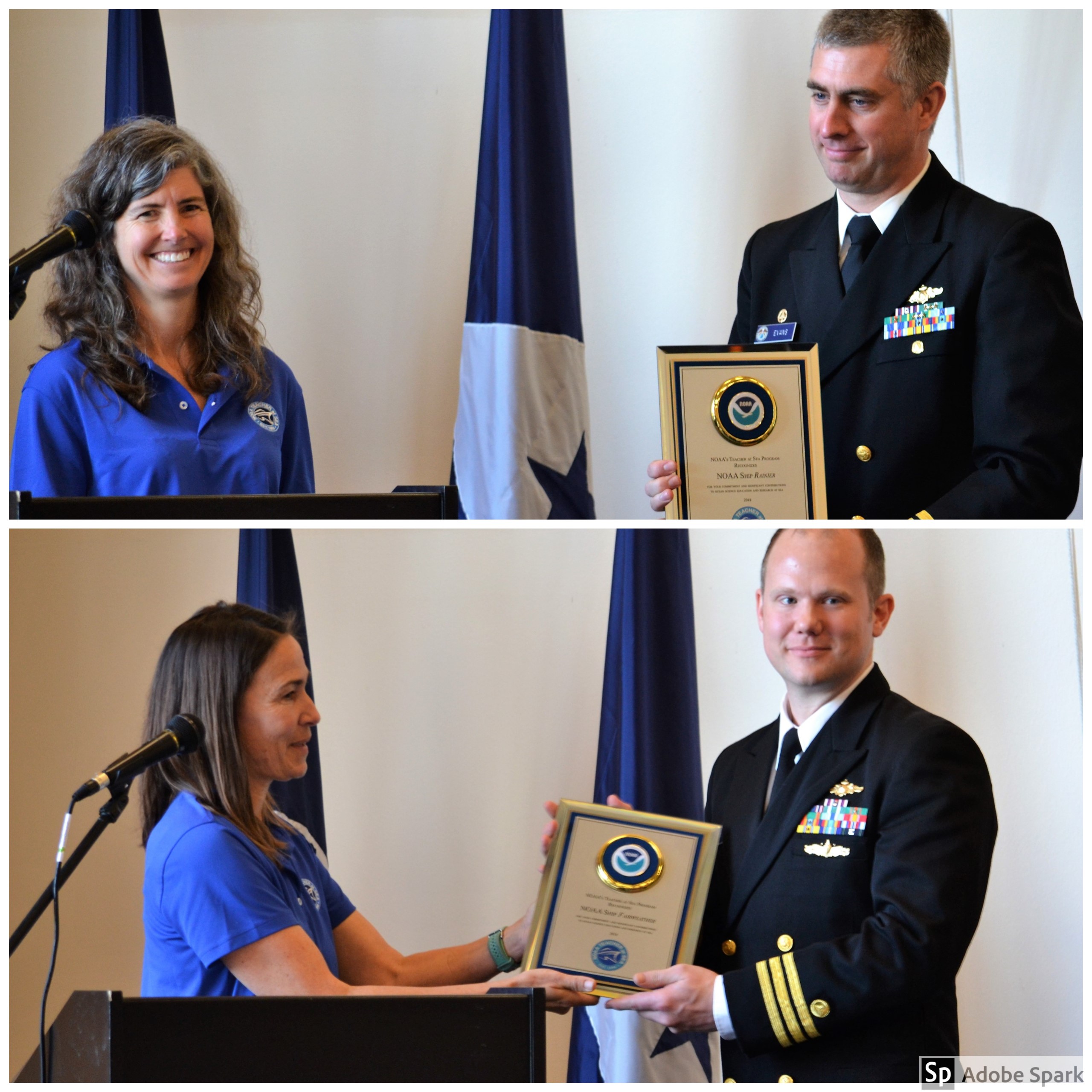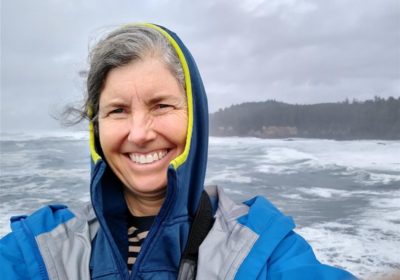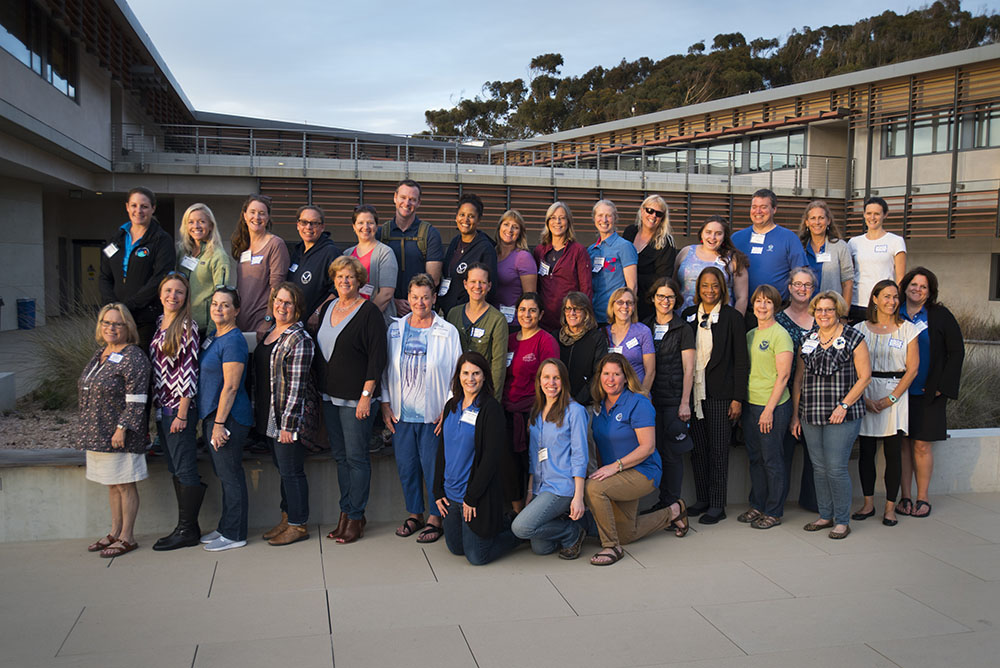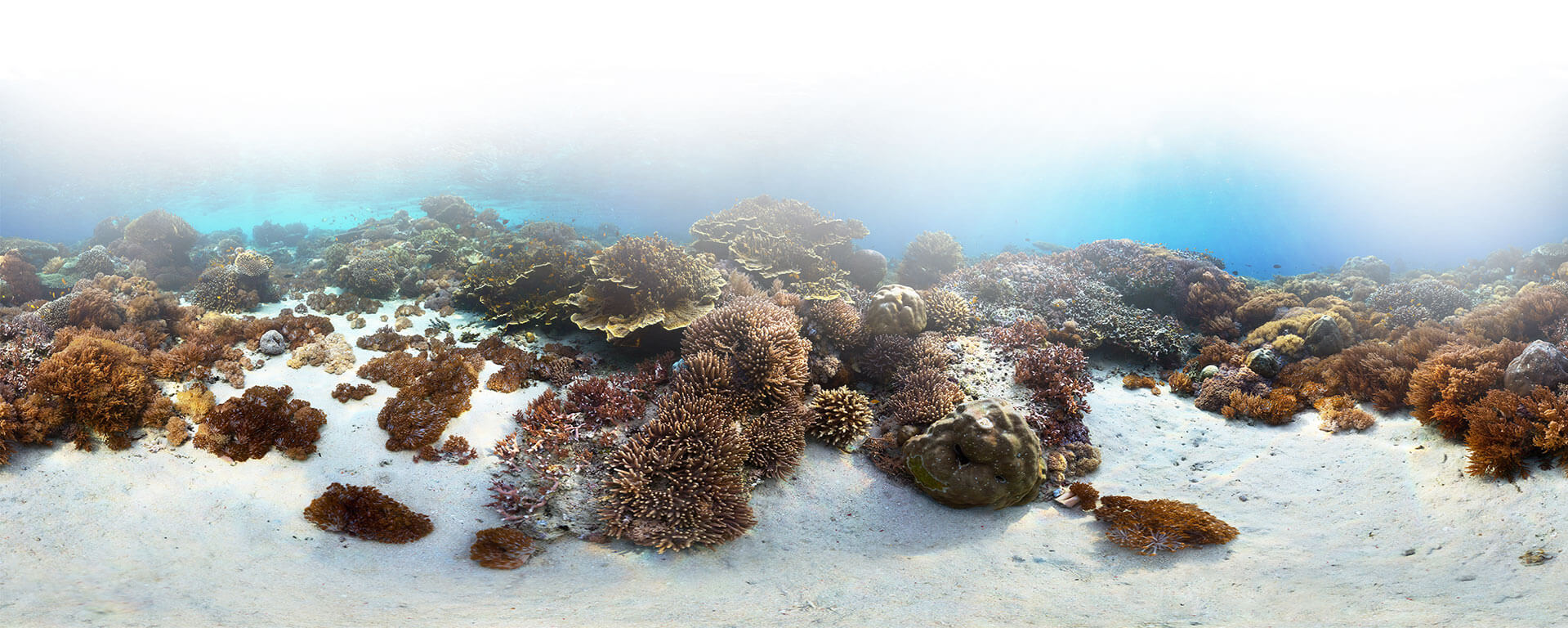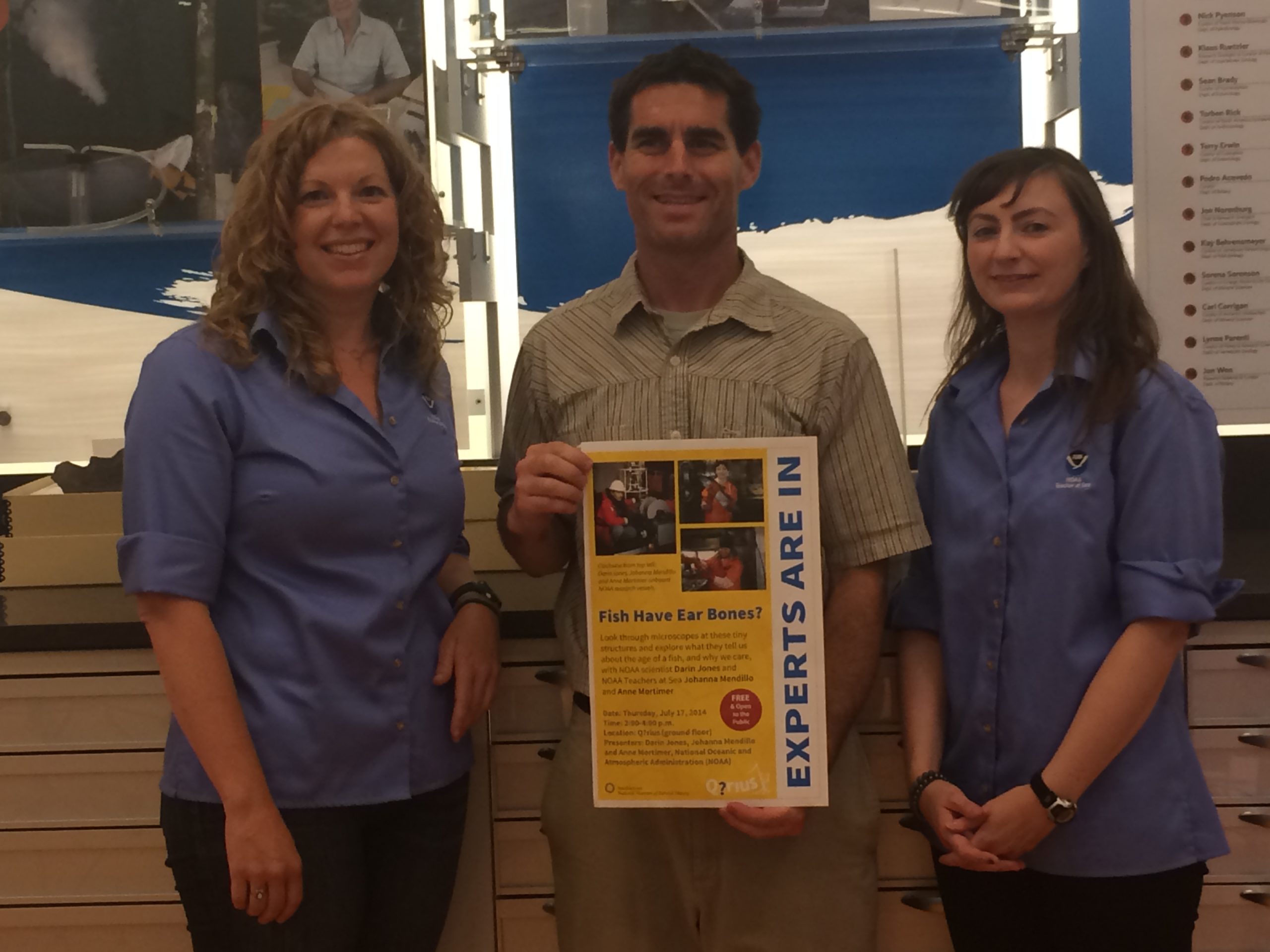
Fish Have Ear Bones! NOAA Scientist and Teacher at Sea Alumni Explain Why
NOAA Teacher at Sea Alumni, Johanna Mendillo (2012), Anne Mortimer (2011), and NOAA Alaska Fisheries Science Center (AFSC) Midwater Assessment and Conservation Engineering (MACE) scientist, Darin Jones, were invited by the Smithsonian National Museum of Natural History Museum to share their knowledge about walleye pollock in the North Pacific and Bering Sea during Experts Are In at the Smithsonian’s Q?rius Education Center on July 17, 2014.
Darin, Johanna and Anne shared their Pollock research aboard NOAA ship Oscar Dyson and explained how fish have structures in the inner ear called otoliths that are used for balance, orientation, and sound detection. Along with length data, otoliths are measured to determine the age of fish. Darin
Jones and his team are able to make projections about growth rates and ages of the entire Pollock population based on a small sampling of otoliths. This knowledge is important for creating and implementing appropriate fisheries management policies.
During the Experts Are In event, the public viewed otoliths through microscopes. They measured fish and recorded data, and aged fish by using AFSC’s online age and growth interactive age reading demonstration. Johanna is a seventh-grade science teacher at John O’Bryant School of Mathematics and Science in Boston, MA and Anne teach ninth and tenth grade science at Mount Vernon High School in Mount Vernon, WA.
